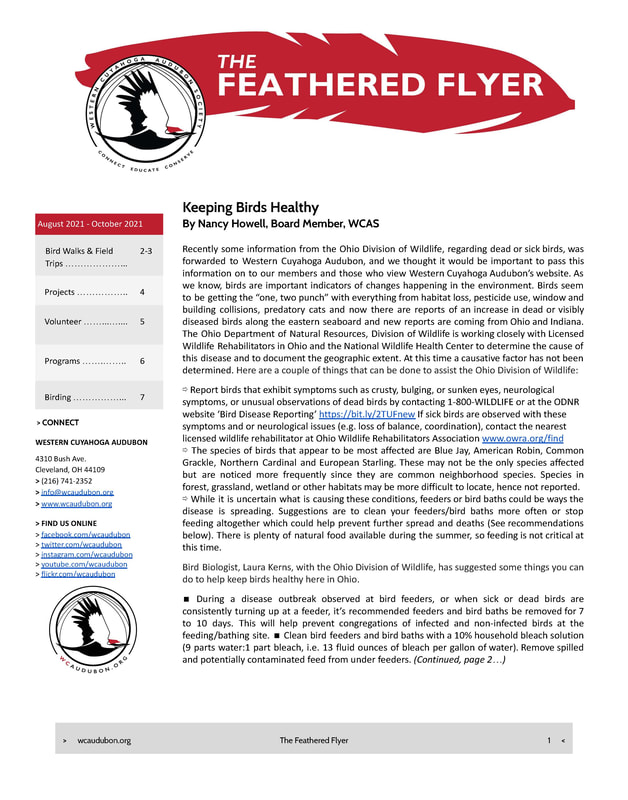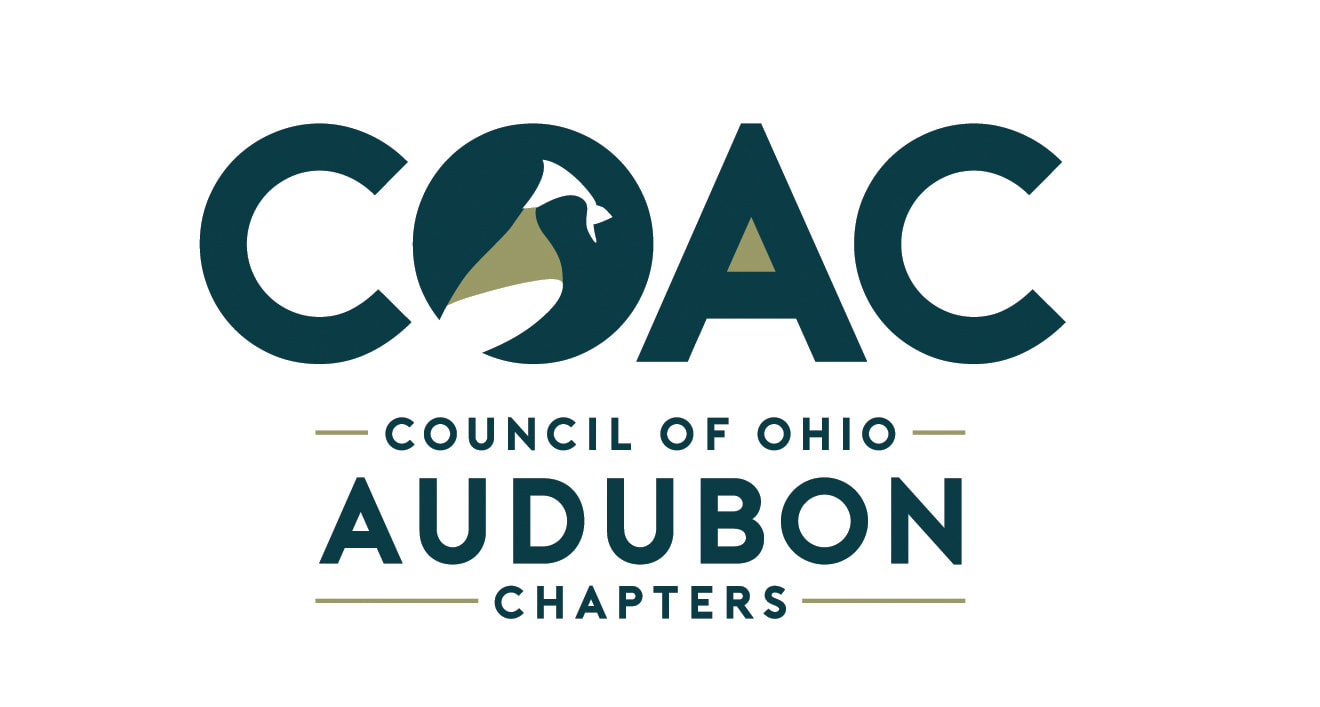Chimney swifts are unique birds. They cannot stand or perch but are adapted to grasping the inside of old hollow trees and masonry chimneys and they catch all their food while in flight. They can eat a third of their body weight in mosquito-sized insects daily, which makes them a great friend to humans.
Georgean and Paul Kyle, wildlife rehabilitation specialists living in Texas, have researched chimney swifts for nearly 30 years and have developed a relatively inexpensive tower that is accepted by chimney swifts for nesting and roosting. The towers are 8 to 12 feet tall, constructed with readily available materials and require minimal carpentry expertise and maintenance. Detailed instructions can be found in the book 'Chimney Swift Towers: New Habitat for America's Mysterious Birds' by Paul Kyle.
My work to help chimney swifts started after briefly caring for chimney swift orphans are Lake Erie Nature & Science Center in Bay Village, Ohio. Tim Jasinski, LENSC Wildlife Rehabilitation Specialist, mentioned that their numbers were dwindling in part due to habitat loss and I resolved to help. Through a fundraiser on the Facebook group, Northeast Ohio Chimney Swift Conservation, I was able to connect with other concerned people and raise enough money for one tower. I am also writing grants and expect that this will be a continuing effort. I naively thought that ‘giving away’ towers would be easy but that hasn’t necessarily proven to be the case. Depending upon the entity being approached, there can be multiple layers of approval needed and ‘buy-ins'. Schools with a multidisciplinary approach need all the individuals from the multiple disciplines to ‘buy-in’ to this project. Parks may not see the value of the project or not want the further work of maintenance. It may take repeated tries before people accept the project so it is important to be ready with plans for how funds will be obtained, how the project will proceed as well as documented reasons why this project is important. Documented reasons include how it will benefit the citizens of a town or park users as well as how it will benefit the bird population. Examples of how others have implemented their projects and the level of success allow the people to visualize the project as well as convince them that it is ‘doable’. Additionally, it helps to have prepared answers to questions - a list that will surely grow with time. Ultimately, the most important part is education of people as to the importance of birds as a bellwether to environmental health and what that means to them and their children. People need to understand how the environmental crisis will directly affect them such as through higher food costs, the silent but deadly effects of pesticide use and the loss of birdsong in spring. Finally, they need to be shown what they can do to mitigate all these things such as by planting native flowers, curtailing use of pesticides and writing congresspeople to demand a livable world. A tower can be a way to help show people how they are tied to what is happening around them just as strongly as are the birds.
Amanda Sebrosky - Having grown up on a farm in Northeastern Ohio, I have always loved animals. My father gave me a sense of the importance of birds and my mother instilled in me the importance of volunteerism and contributing to causes that would support conservation. I obtained a BA in Biology from Case Western Reserve University, an RN from Cuyahoga Community College and a MS from Cleveland State University College of Urban Affairs, Environmental Track. Since retiring from University Hospitals IT department in 2017, I have concentrated on volunteerism and currently am active at Cleveland Metroparks and Lake Erie Nature & Science Center in the Lights Out program. I am a graduate of the Cuyahoga Soil and Water District Master Rain Gardener Class of 2019. While I love all things wild, I am working to promote the use of native plants and chimney swift conservation. Add your 'Like' to the Northeast Ohio Chimney Swift Conservation Society Facebook Page. Contact: Amanda Sebrosky, Founder, Northeast Ohio Chimney Swift Conservation Society. Email: [email protected] Phone: (440) 610-1148. Facebook Page: https://www.facebook.com/chimneyswiftconservation
Make A Donation to the Northeast Ohio Chimney Swift Conservation Society To Build More Towers
Chimney Swift populations have declined by 70% since 1966. There are many factors contributing to this decline but one big reason is lack of habitat. Make a donation to WCAS to help Northeast Ohio Chimney Swift Conservation Society's efforts to build more towers. Use our safe and secure PayPal payment button below to make a donation in any amount. All donations are gratefully received.
Comments
|
Story BlogThe Feathered Flyer blog publishes human interest stories about birding and habitat conservation. After watching, ‘My Painted Trillium Quest' by Tom Fishburn, Kim Langley, WCAS Member said, “Wonderful! It was a lift just knowing that such a site exists and is being protected!”
Media LibrariesQuarterly NewsletterSTORIESPodcastsWCAS is a proud member of The Council of Ohio Audubon Chapters (COAC) and promotes chapter development by sharing the best practices, brainstorming solutions to common problems, and building relationships in workshops and retreats. Subscribe
VideosYouth
Advocacy
Clean Energy
Reporting
Awards
Volunteerism
Take ActionResourcesBlogsArchives
October 2023
Categories
All
|
EDUCATENews Blog
Monthly Speakers Field Reports Bird Walk Reports Christmas Bird Count-Lakewood Circle Media Library Newsletter Archive Education Resources STORE |
Western Cuyahoga Audubon Society
4310 Bush Avenue Cleveland, Ohio 44109 [email protected] Western Cuyahoga Audubon Society is a 501(c)(3) nonprofit organization. Your donation is tax-deductible. The tax ID number is: 34-1522665. If you prefer to mail your donation, please send your check to: Nancy Howell, Western Cuyahoga Audubon Treasurer, 19340 Fowles Rd, Middleburg Hts, OH 44130. © 2020 Western Cuyahoga Audubon Society. All rights reserved. Privacy Policy | Terms of Use | Legal | Store Shipping Rates | Site Map |












 RSS Feed
RSS Feed

